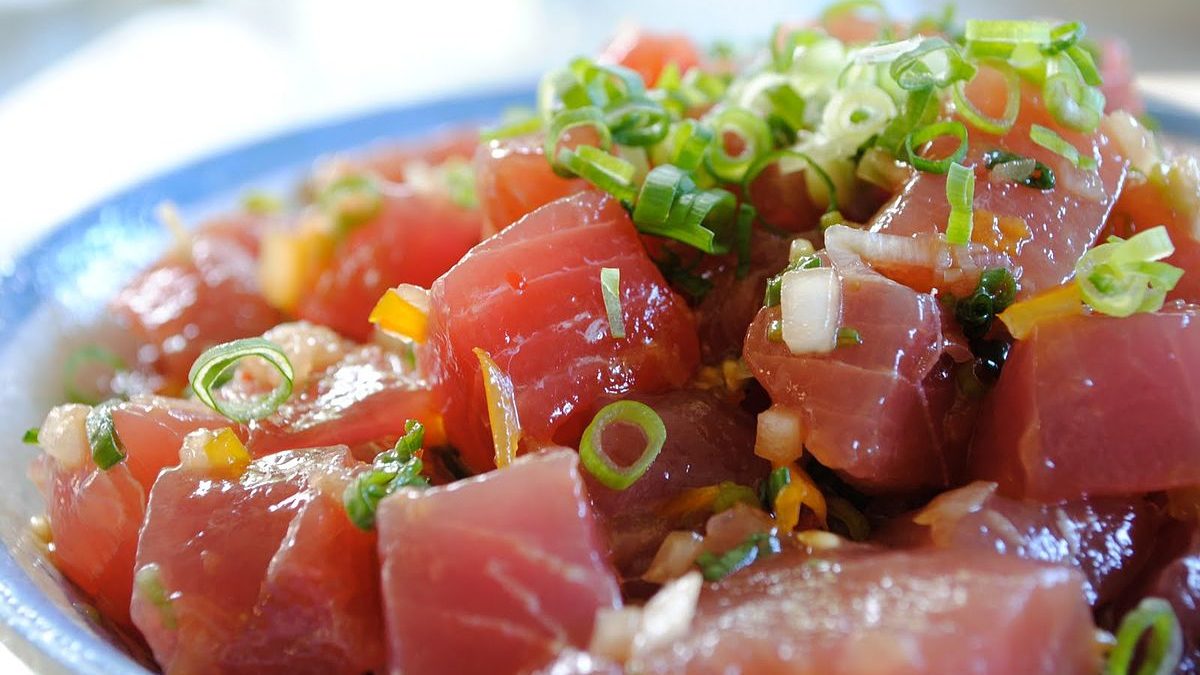When conquistador Francisco Pizarro stepped upon Peruvian soil in the 1500s, it was riches, slaves and plunder he sought, not grilled guinea pig. However, whilst the Spanish forces succeeded in looting the treasures of Inca Peru, the culture of the Incas thankfully resisted suppression. Almost 500 years later, the fusion of indigenous flavours and Spanish influences have formed a unique Peruvian cuisine – where else in the world can you eat guinea pig?
Perhaps you’re asking why Peruvian food should be drawing in the masses (and you)? The simple answer – it’s healthy. The main staples of Peruvian cuisine (potatoes, corn, quinoa) have remained consistent for hundreds of years, and the introduction of some European sofisticación through the medium of rice, wheat and meats form a deliciously well rounded diet. Add to the mix the prevalence of local ingredients such as fruits and peppers, and each plate tastes fantastic (and looks Instagram-worthy). So, faced with an unfamiliar menu, what should you try?

The best place to dip one’s tongue in the water is ceviche, the national dish of Peru, and a perfect example of Peru’s fusion of cultures. The dish consists of raw fish in a marinade of citrus fruit, onion and chilli, which has evoked comparisons to the preparation of sushi. This is no coincidence. For thousands of years, Peruvian fishermen had used local fruit to marinate their catches before consumption, but Japanese immigrants in the 1800s carved the fish and added ingredients such as soy sauce, creating a unique dish that can be found nowhere else.
The perfect accompaniment is a refreshing Peruvian Pisco Sour. Locally brewed brandy developed by the Spanish is flavoured with freshly squeezed lime juice, egg white, syrup and Angostura bitters. The resulting concoction is more than strong enough to make one splutter, but is an excellent way of keeping warm during the cold Peruvian nights.
With the starter finished, any Peruvian will assure you that there is only one choice for the main: guinea pig, or cuy as the locals know it. The importance of cuy to Peruvian culture is such that the portrayal of The Last Supper that hangs in the Cathedral of Santa Domingo at Cusco, the ancient capital of the Incas, depicts Jesus and his disciples consuming the dish. Cuy is served much as it appears in the painting, with the whole animal marinated and then grilled or spit-roasted. The meat itself is bony, and has a somewhat gamey taste reminiscent of guinea fowl that is definitely worth experiencing. For those wishing to avoid cuy, rest assured that rodent is not the only traditional meat on the menu: alpaca is an equally popular offering that can be prepared as a stew or cooked as a steak, while the less adventurous can safely order chicken or beef.

After a big meal, the best way to end an evening is a wander through the busy streets of Lima, Cusco or Arequipa. Straying only a block or two away from the tourist areas uncovers a positive plethora of street vendors, all urging passers-by to purchase their variant of the churro. Whilst the fried, dough-based pastry is also popular in Spain, the Peruvian variety is usually filled with cajeta, a sweetened caramelised goat’s milk, and is coated in a sugar-cinnamon mixture with a chocolate sauce – it tastes fantastic.
Peruvian cuisine is light, healthy, and, most important of all, immensely tasty. It’s also fast gaining in popularity – trendy establishments serving ceviche are already commonplace in Soho. With the closure of Las Iguanas last month, Oxford residents might have to wait slightly longer for a taste of South American cuisine, but there’s no doubt that Peruvian food is on the rise and is well worth a try. We’re still far from ordering a Pisco Sours at a local pub, but with the Peruvian food movement well underway, the idea is not as far-fetched as it once might have seemed.



